Top Anti-Inflammatory Juice Ingredients for Daily Wellness and Long-Term Health
Ever stub your toe and watch it puff up right away? That’s inflammation. Totally normal—it’s your body stepping in to help. But if that same reaction hangs around too long, it stops being useful. Instead of healing, it leaves you sore, tired, or just kind of off. For some, it’s achy joints. For others, it’s stomach flare-ups or that drained, can’t-shake-it feeling.
A lot of people think the only answers are meds or a massive lifestyle shift. Sure, those things help. But here’s the truth—what you eat and drink each day matters way more than you’d expect. Every snack, every sip, it all stacks up. Sometimes it cools things down, sometimes it makes them worse.
That’s why I like cold-pressed juice. No chopping, no blender mess, no guilt over meal prep. You grab a bottle, crack it open, and that’s it—you’re set. It’s light, refreshing, and easy to make part of your routine without even trying.
And honestly? It tastes good. Fresh fruit, spicy roots, crisp greens—it doesn’t feel like “health food.” It feels like something you’d want anyway. Meanwhile, those same ingredients are quietly doing their job in the background, helping your body settle down and find its balance.
Next, I’ll share some of the top anti-inflammatory juice ingredients. Things like ginger, turmeric, leafy greens, and hydrating fruits. They bring the flavor, they bring the benefits, and together they help you feel more like yourself again.
1. Turmeric: The Golden Root
Turmeric has been around forever. Long before it became trendy in smoothies or “golden milk,” people were already using it in traditional medicine. It’s that bright yellow-orange root you’ve probably seen in the spice aisle. The color comes from curcumin—that’s the stuff inside turmeric that gives it most of its kick.
Researchers have looked into curcumin and found it may do a few things: help with achy joints, support your brain, and calm down that low-level inflammation that just hangs around and wears you out.
Now, about the taste. Turmeric isn’t subtle—it’s earthy, a little sharp, almost peppery. Which is why you don’t need much. A small splash in juice is plenty. Fun tip: if you add just a pinch of black pepper, your body absorbs the curcumin way better. Like, way better.
As for flavor combos, turmeric actually works great with fruit. Citrus or pineapple help cut through that strong taste and give the juice some brightness. Meanwhile, turmeric adds this warm, grounding layer that makes the drink feel balanced. So you get something that’s both energizing and kind of cozy at the same time.

2. Ginger: Spicy and Soothing
People have been turning to ginger forever. Way before juice bars were a thing, it was the go-to for an upset stomach, fighting a cold, or just giving food that extra kick. The sharp bite you taste? That comes from gingerol—the compound that gives ginger its heat and some of its benefits. Folks use it for bloating, sore muscles, and those random flare-ups tied to inflammation. Athletes especially like it after workouts since it takes the edge off stiff joints.
More than spice – Gingerol isn’t just about flavor. It’s been linked to calming inflammation and helping the body bounce back.
In juice, ginger shows up strong. It’s bold, a little fiery, and kind of wakes you up right away. Pair it with apple, pineapple, or pear and you get balance: sweet first, then that slow burn sneaks in at the finish. Go overboard and it’s intense, but in the right amount? It brings a juice to life.
The quick shot effect – A ginger shot is only a couple sips, but you feel it instantly. Warmth spreads through your chest, eyes open wide—you’re suddenly alert. It’s not coffee, but your body thinks it is. The bonus? No caffeine crash.
That’s why ginger has stuck around so long. It’s bold, useful, and always pulls double duty: flavor plus function, in every sip.
3. Leafy Greens: Nature’s Detoxifiers
Leafy greens don’t always get the love they deserve. Most people think of them as boring salad stuff. But honestly, they’ve got way more going on than people give them credit for. Kale, spinach, parsley, Swiss chard—they’re all packed with nutrients. Vitamins like A, C, and K, plus minerals such as iron and magnesium, sneak into every leaf. And they’ve got plant compounds that help your body deal with stress and the inflammation that comes with it. The green color? That’s chlorophyll. Some say it even helps with detox.
Here’s the problem though—nobody really wants to chew through piles of raw greens every day. Be real, eating kale salads on repeat gets old fast. That’s where juice saves the day. You still get the good stuff, just without the prep work or the chewing marathon.
In juice blends, greens usually hang out in the background. They bring that earthy base, while things like cucumber, apple, or lemon brighten everything up. The mix makes the juice taste crisp and light—nothing like forcing down a bowl of raw leaves.
So if salads make you roll your eyes, don’t sweat it. Drinking your greens does the job just fine. A couple sips and you’ve loaded up on nutrients and those anti-inflammatory perks—without stabbing your way through another pile of kale.
4. Beets: Circulation Boosters
Most people don’t exactly crave beets. Let’s be real—raw, they taste kind of earthy, almost like you pulled them straight from the ground. But once they’re juiced? Whole different story. A bit of sweetness sneaks out, and if you mix in some fruit, the flavor actually comes alive.
That bold red color has a job. It comes from pigments called betalains. They don’t just look pretty—they’re tied to fighting inflammation and helping your body flush out what it doesn’t need.
Stamina secret. Beets are naturally high in nitrates. Your body flips those into nitric oxide, which helps blood flow. More oxygen moves around, muscles get more fuel, and suddenly you’ve got extra endurance. It’s why a lot of athletes swear by beet juice before a workout—it gives them a lift without the crash.
Your liver gets a bonus, too. Think of it as your body’s filter—it works nonstop. Beets give it some extra support, which makes recovery a little smoother.
Best way to drink them? Pair beets with citrus, apples, or carrots. Those flavors lighten things up and cut the “earthy” edge, so the juice feels fresh instead of heavy.
Honestly, beets are more than just roots that stain your cutting board. In juice form, they bring energy, recovery support, and anti-inflammatory perks—without tasting nearly as tough as you’d expect.

5. Berries: Antioxidant Powerhouses
Berries are kind of a cheat code when it comes to healthy food. Blueberries, strawberries, raspberries, blackberries—pick any of them and you’re already winning. They taste good, and you don’t have to talk yourself into eating them the way you might with kale.
That bold red and purple color? Not just for looks. It’s tied to natural compounds that help with inflammation and keep your body from running on empty. Plus, they’ve got vitamin C, so while you’re enjoying the flavor, your body’s quietly using it for repair.
In juice, berries do more than sit pretty. They light up the glass with bright color, sometimes almost glowing, and the flavor hits that sweet-tart note that cuts through greens or earthy roots. They basically keep the drink from tasting heavy.
And here’s the kicker—berries aren’t loaded with sugar like some fruits. So you get sweetness without the blood sugar crash. Just flavor, balance, and a little extra support for your body.
Bottom line? Berries taste good, they make juice fun, and they’ve got your back on the health side without you even thinking about it.
6. Pineapple: Sweet Relief
Most people hear “pineapple” and think poolside drinks or vacation snacks. Fair enough, but it’s got more going on than just the sweet taste. There’s something in it called bromelain—nothing fancy, just a natural enzyme. It helps your body handle food a little easier and even takes some of the edge off puffiness or sore joints. Some folks swear by it after workouts. So while you’re sipping something tropical, it’s quietly pulling a bit of extra weight for you too.
And then the flavor. Pineapple doesn’t play it safe. It’s sharp, juicy, almost tangy—perfect for cutting through greens that might feel too heavy on their own. Throw in some ginger and you get a spicy-sweet hit. Drop in mint and suddenly it’s chilled-out, like something you’d want on a hot day.
The best part? You don’t need to convince anyone. Pineapple isn’t one of those “good for you but hard to like” things. People already love it. That’s why it makes such a great juice base—you enjoy the taste without even realizing your body’s getting a little extra out of it.
So pineapple isn’t just vacation flavor. It’s flavor with backup, and a quiet bonus for your health.

7. Citrus: Vitamin C Superstars
Most people think of citrus as the “vitamin C fruit” you grab when you’re sick. But here’s the thing—it does more than that. Oranges, lemons, limes, grapefruits… they don’t just cover you during cold season. They’ve got compounds that calm inflammation, give your immune system some backup, and even help out with collagen. Good for your skin, good for your joints.
Flavor-wise, citrus can flip a juice completely. Toss it in with greens and suddenly they don’t feel so heavy. Mix it with beets or carrots and that earthy bite gets toned down. Even berries work better with citrus—it ties everything together so nothing feels too sweet or too sharp. And while all that’s happening, citrus also helps your body pull in more nutrients from whatever else is in the glass.
And mornings? Nothing cuts through the fog like citrus. Coffee might wake your head up, but citrus wakes up everything—your brain, your body, your mood. It’s sharp, hydrating, and bright, like flipping the lights on for the day. Lemon in a green juice, a tall glass of orange—either way, it makes “healthy” feel less like a job and more like something you actually want.
Conclusion
Anti-inflammatory add-ins don’t need to be complicated. Beets and greens give you that earthy base. Ginger or turmeric? A little fire. Pineapple or citrus? They brighten the whole mix and keep it from feeling heavy. Different flavors, different perks—working together to calm things down inside while keeping it fresh.
And here’s the thing: cold-pressed juice isn’t just another drink. It’s a small act of looking after yourself. Make it a habit and you’re not only keeping inflammation in check, you’re setting yourself up with more steady energy, better balance, and health that sticks around.
Is celery juice good for detoxing?
Yes! Celery juice is naturally hydrating, rich in antioxidants, and supports digestion. While it’s not a “miracle cure,” many people use it to help reduce bloating, support gut health, and feel lighter during detox routines. 🌿💧 Our PUR Celery Kick is 100% cold-pressed celery juice—fresh, crisp, and delivered straight to your door so you can enjoy all the detox-supporting benefits without the hassle of juicing at home. 🥒✨
What is a 3-day anti-inflammatory juice cleanse?
A 3-day anti-inflammatory juice cleanse is designed to give your digestive system a break while flooding your body with nutrients that may help reduce inflammation. PUR’s Powerhouse Cleanse and Signature Cleanse are loaded with antioxidant-rich fruits and veggies like ginger, turmeric, beets, and leafy greens—all known for their anti-inflammatory properties. 💛
Are ginger shots good for digestion?
Definitely. Ginger has been used for centuries to soothe the stomach, reduce bloating, and aid digestion. Many PUR customers sip our Ginger Shots after meals to feel lighter and more comfortable. 🥒✨
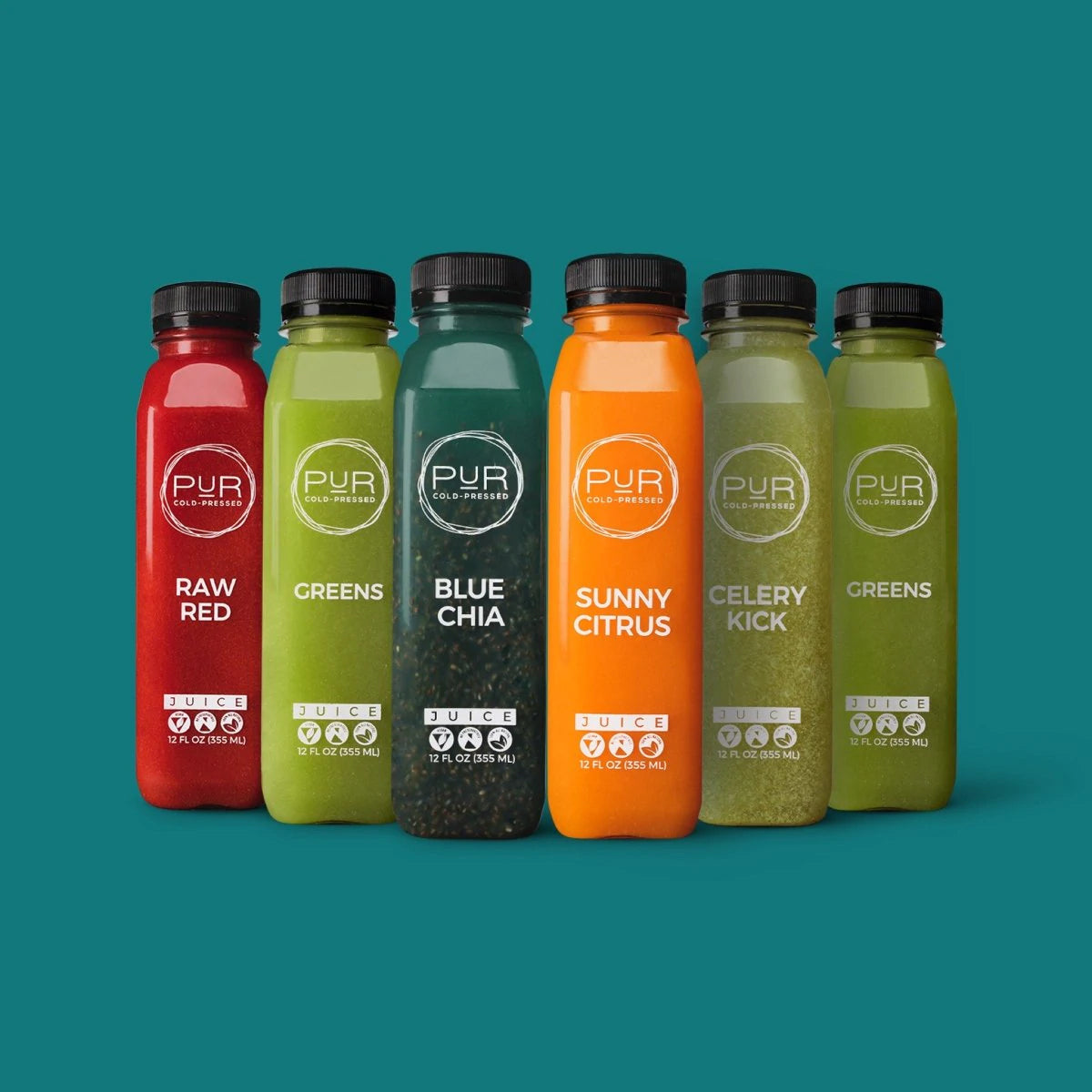
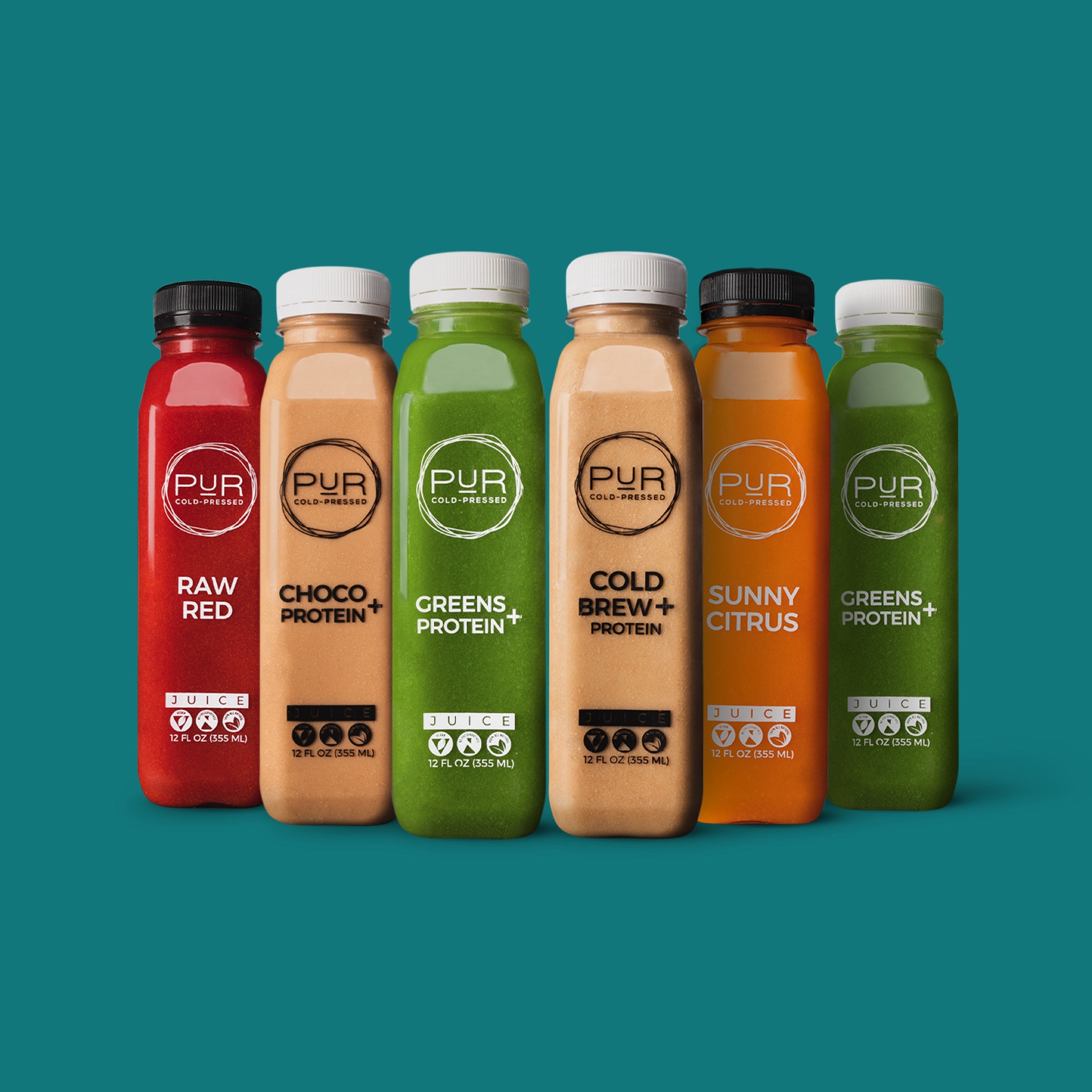
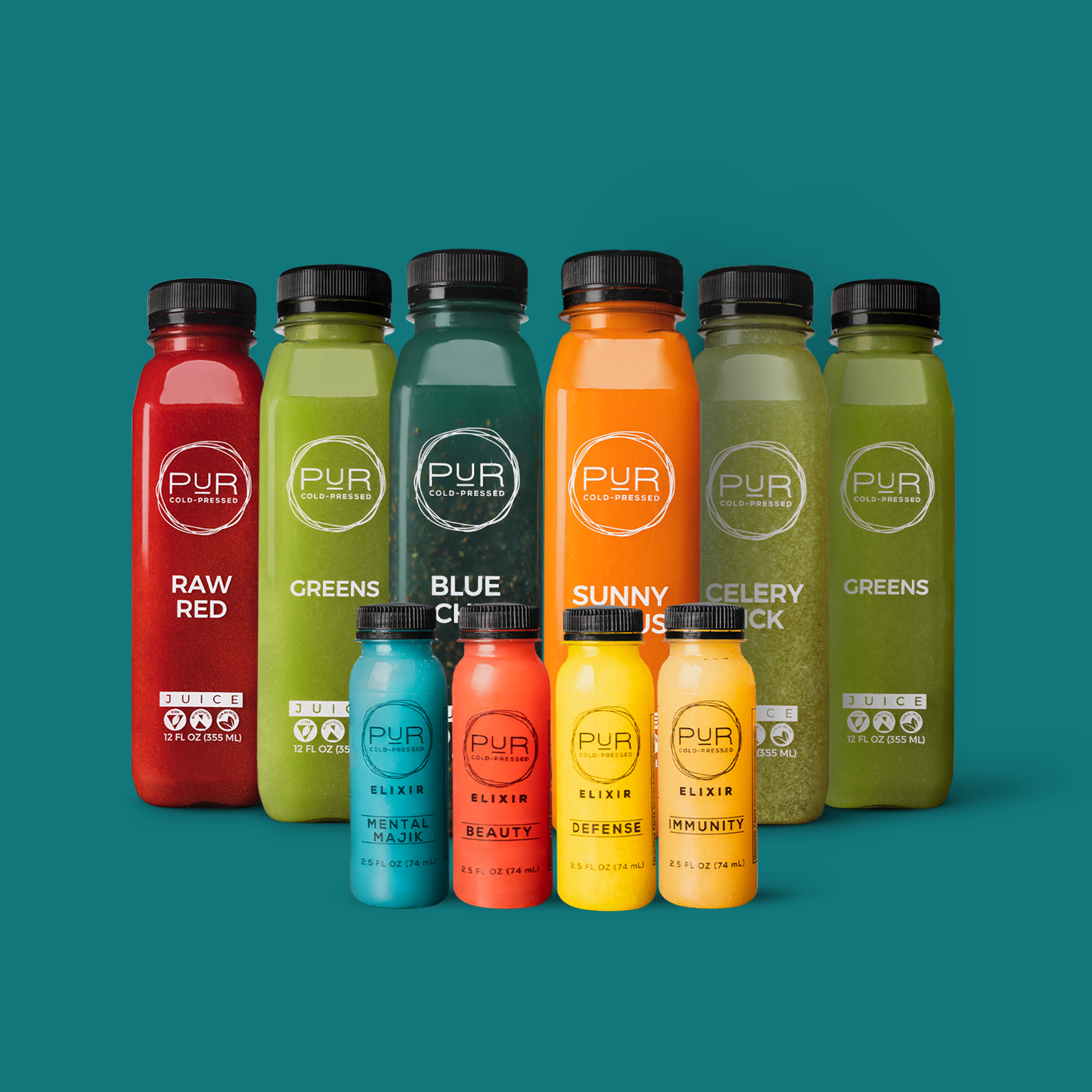
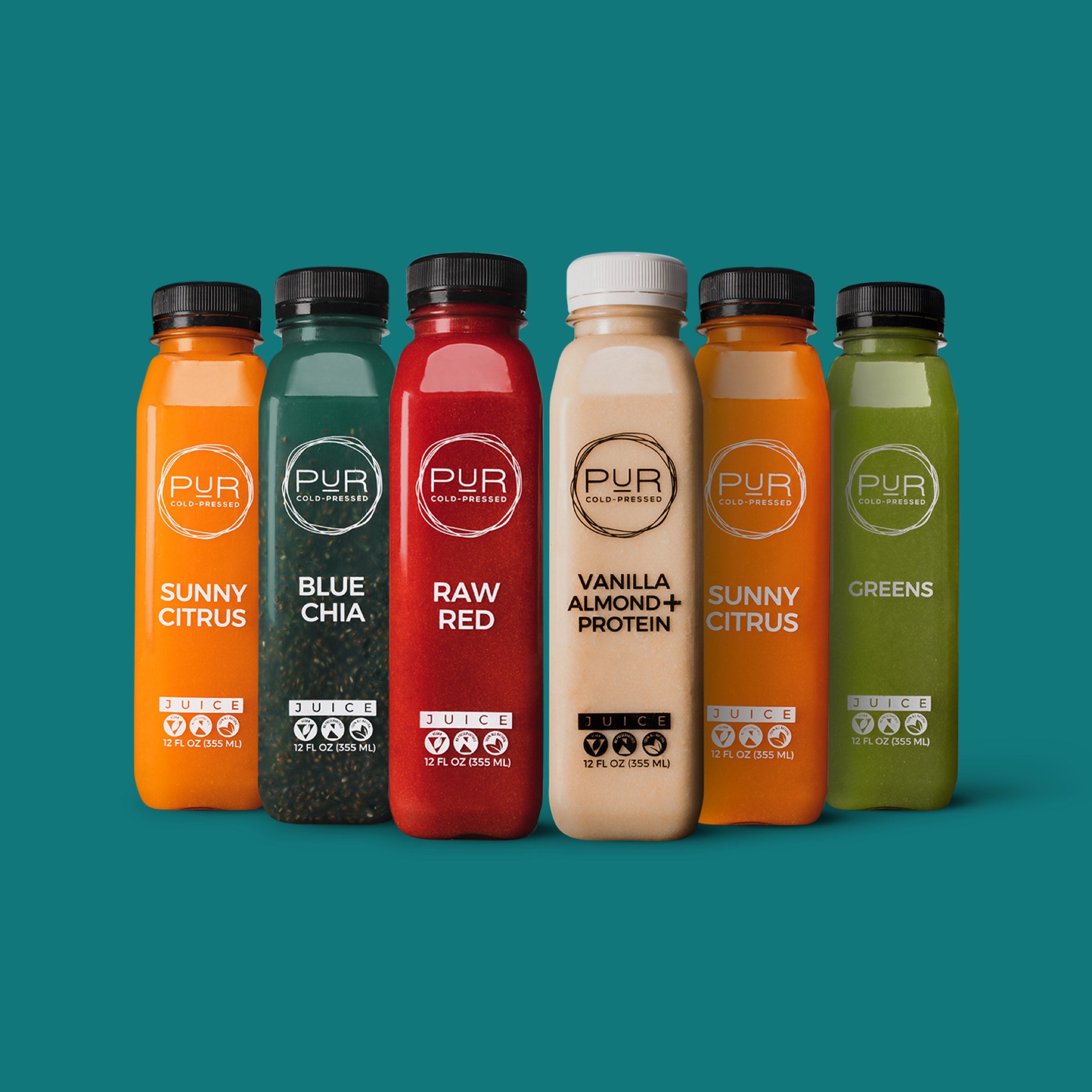
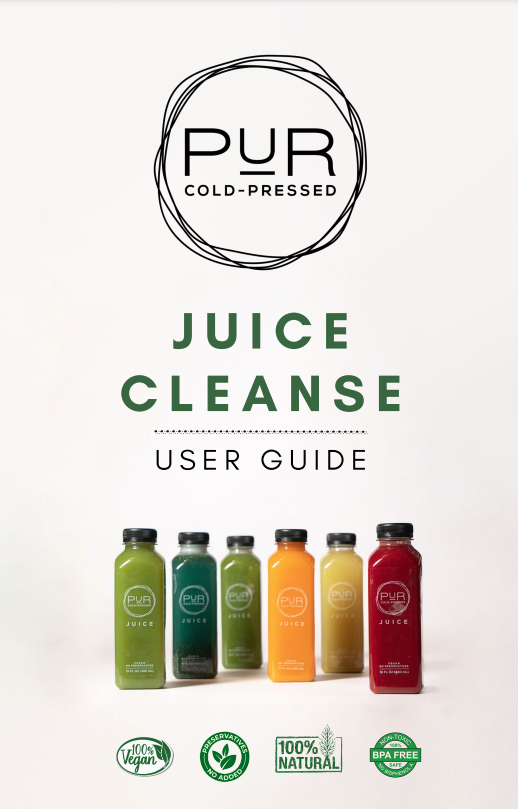
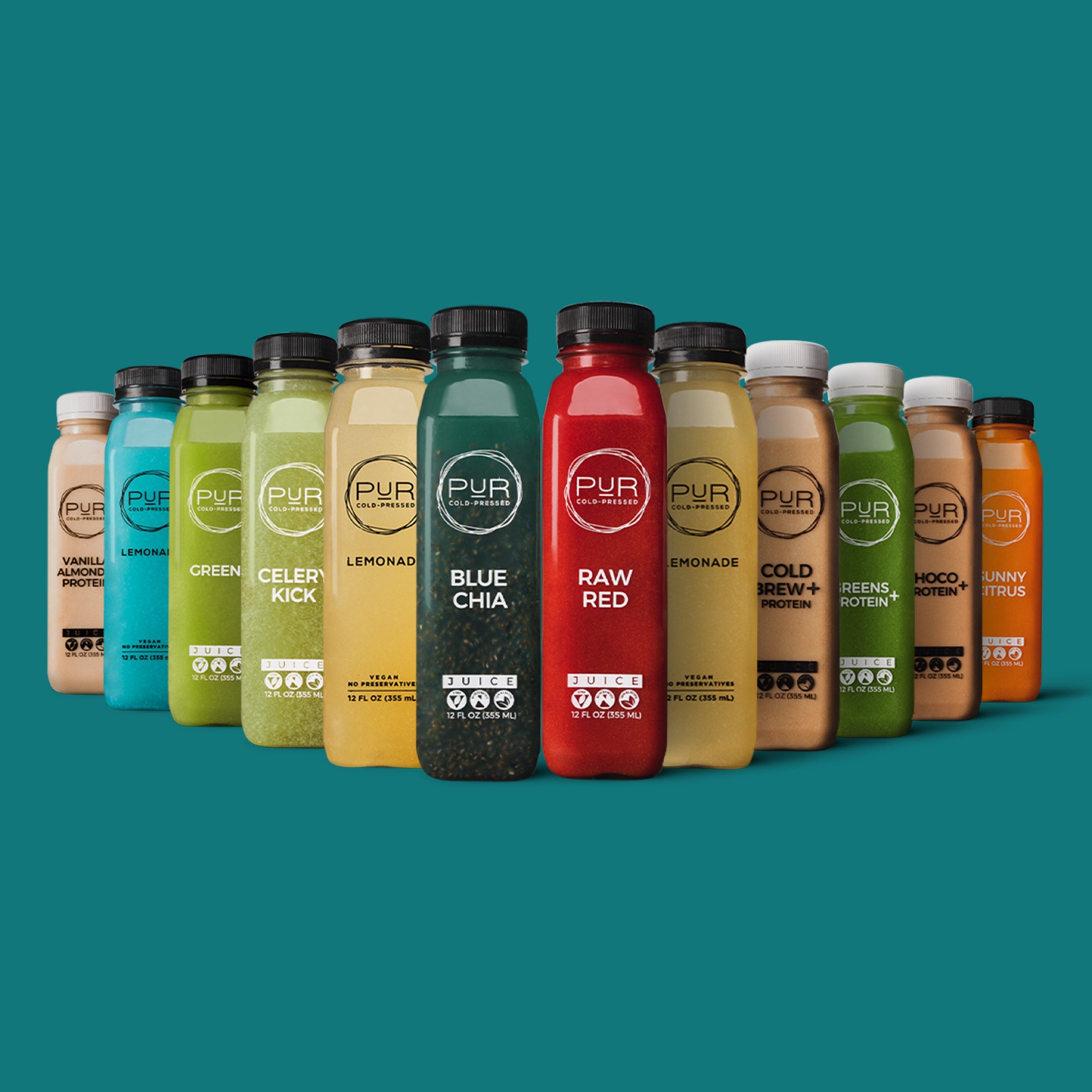
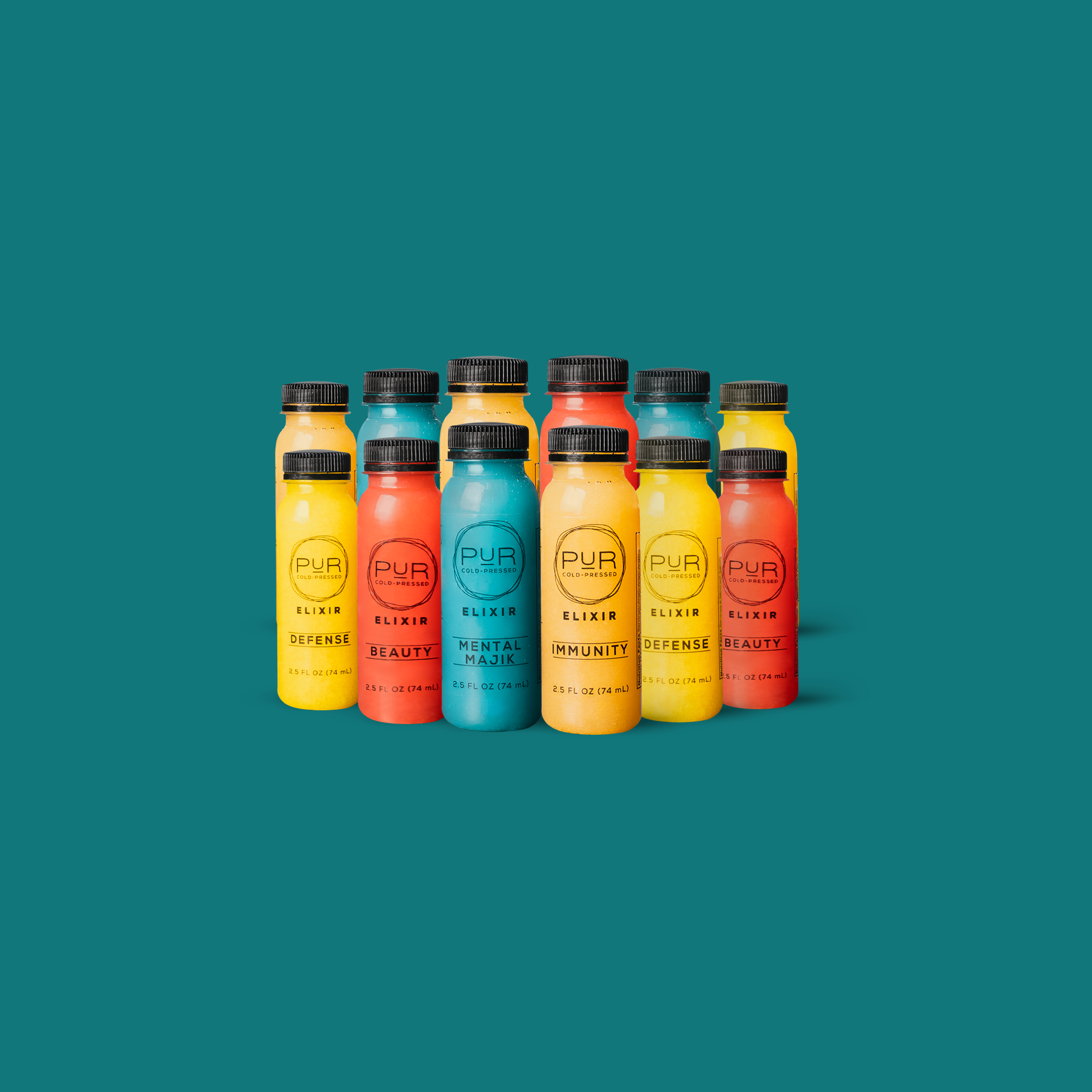
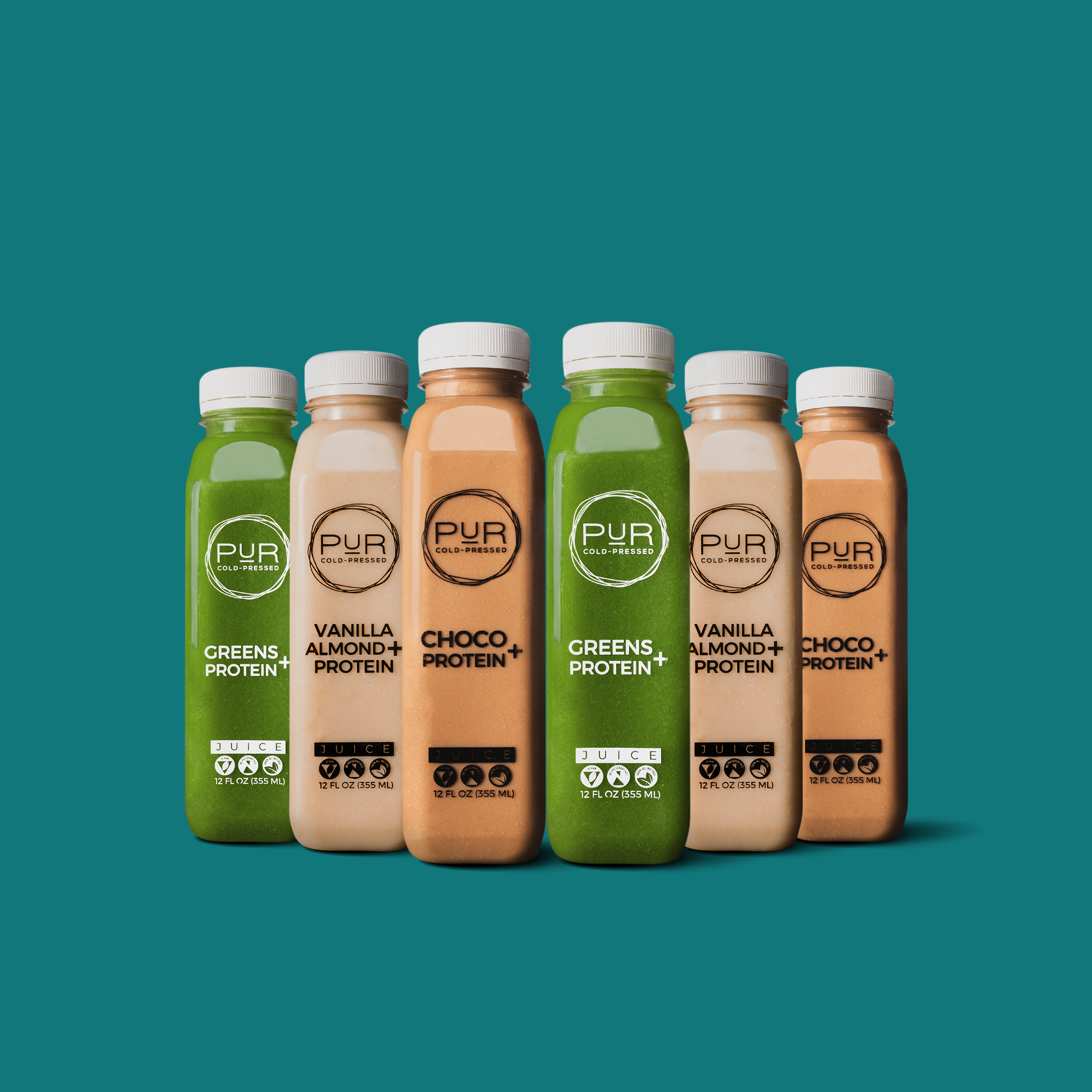
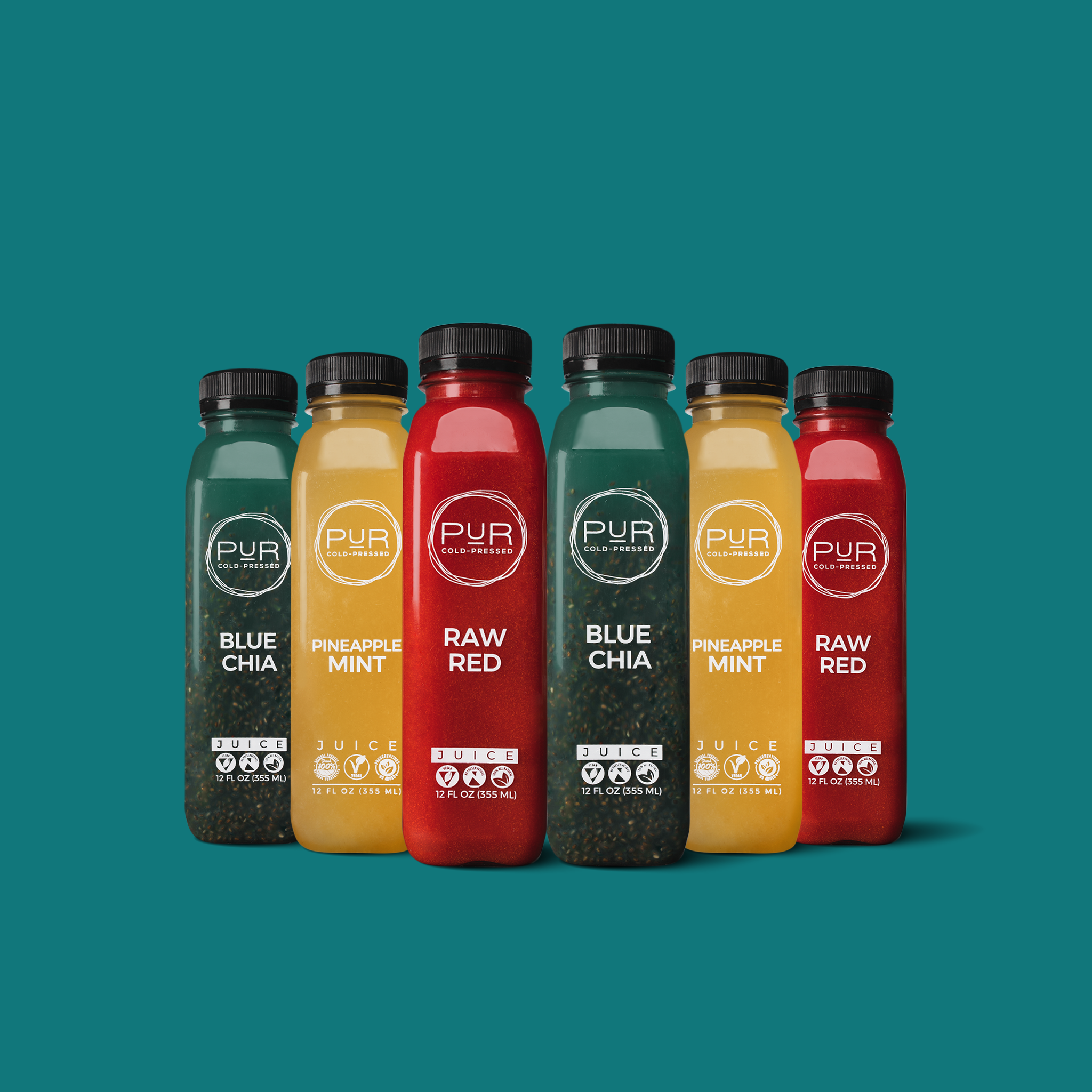
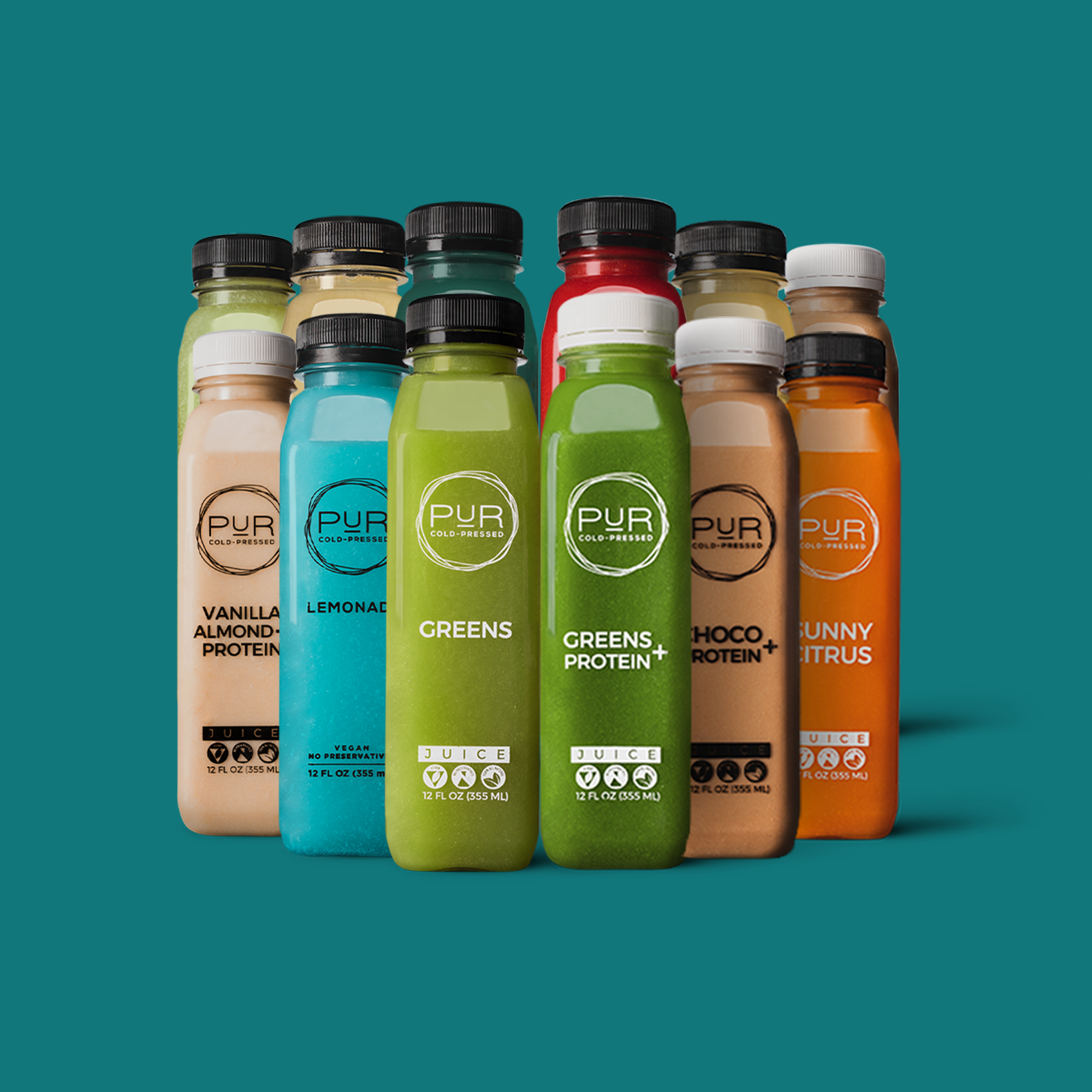
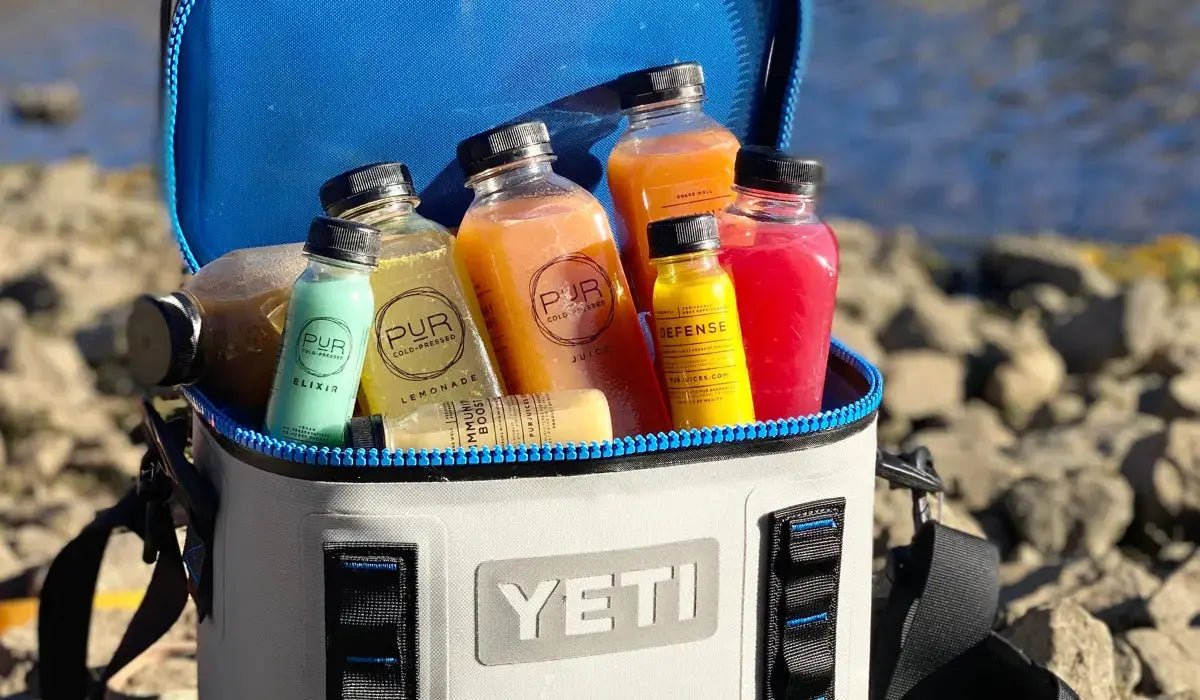

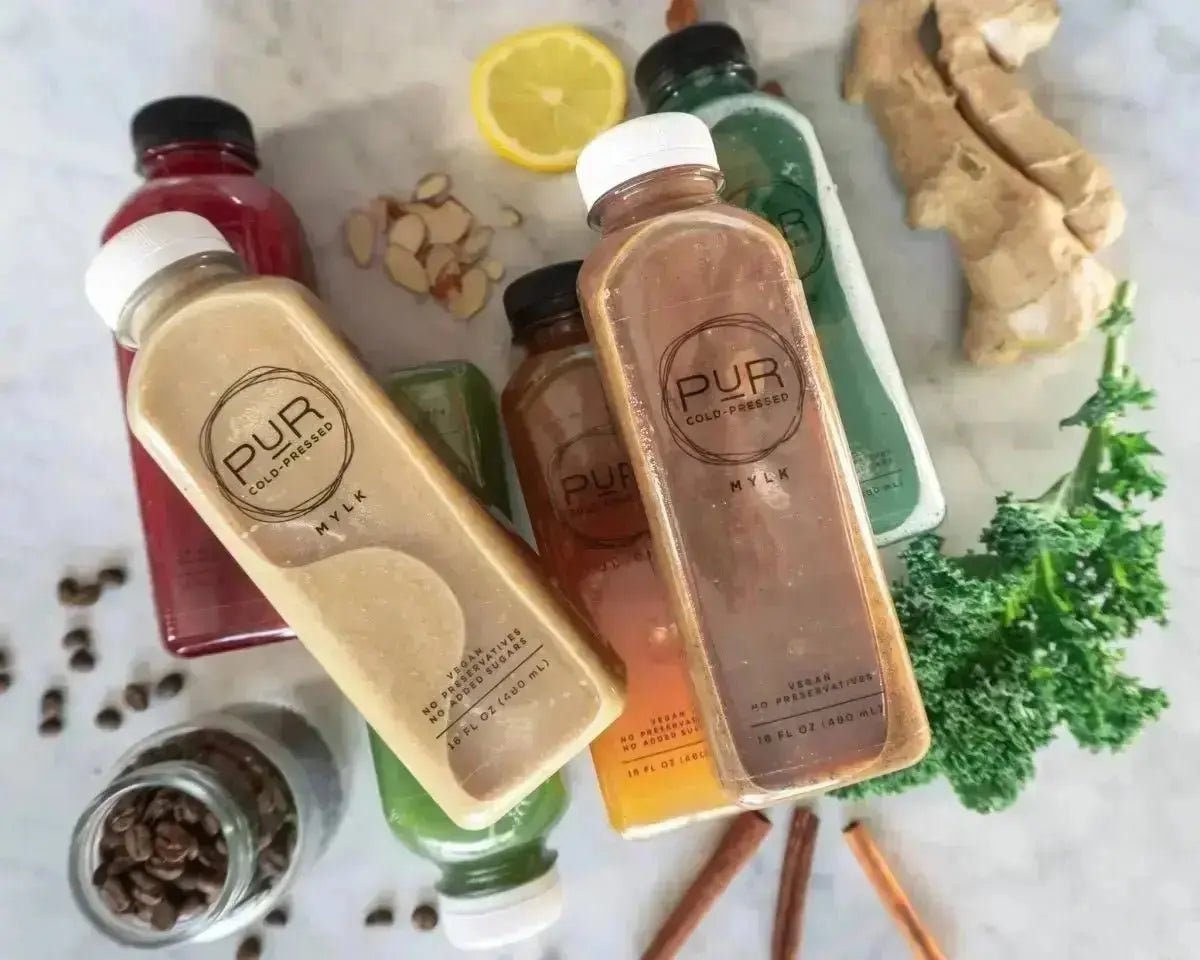
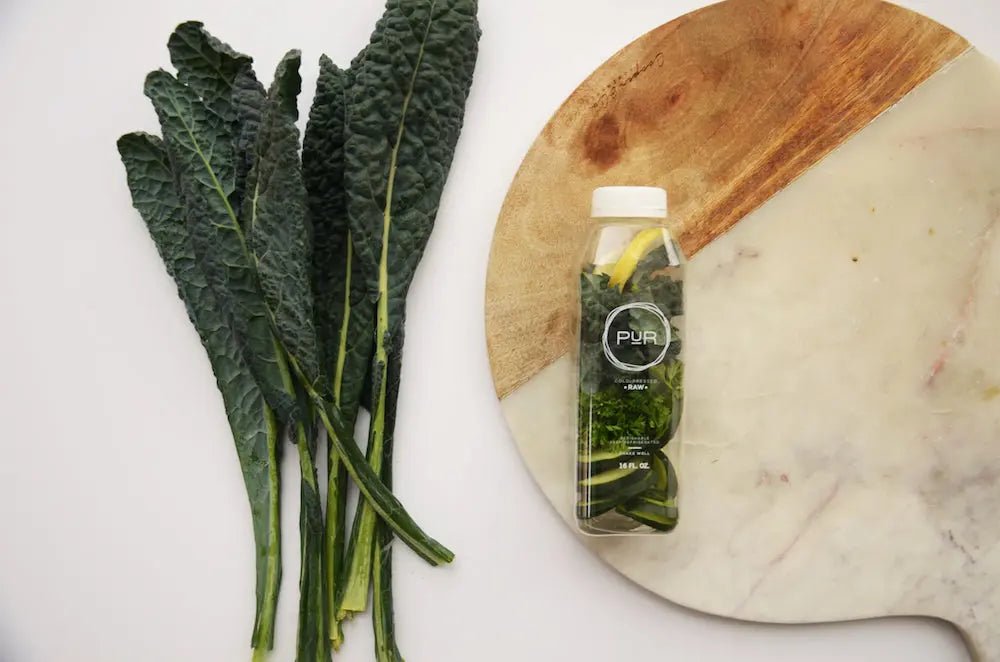
Leave a comment
All comments are moderated before being published.
This site is protected by hCaptcha and the hCaptcha Privacy Policy and Terms of Service apply.